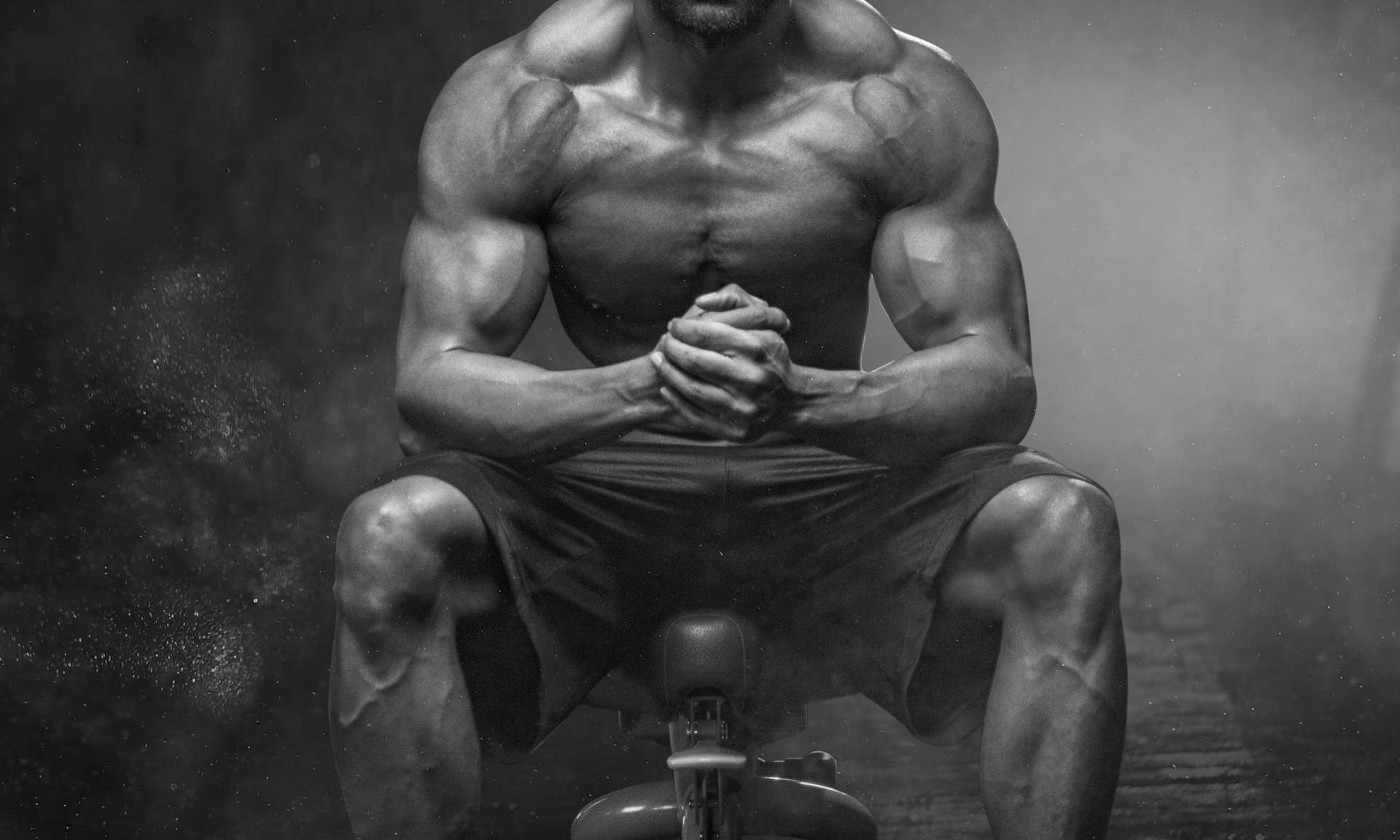Just like the biceps, your triceps are large muscles on your upper arms that contribute to your upper body strength. As the name suggests, tricep kickbacks are an effective exercise that specifically targets your triceps. A study by the American Council of Exercise concluded that tricep kickbacks, tricep dips, and diamond push-ups were the best exercises for targeting your triceps. Stronger arms improve your ability to do everyday functional activities, household chores, and sports like tennis and basketball. It’s worth adding this movement to your workout routine when you want to boost your upper body power. Here’s how to master tricep kickbacks with proper form.
What are tricep kickbacks?

Tricep kickbacks are a triceps isolation exercise performed by extending one or both arms back behind you, typically while holding dumbbells. Just as you’d ‘kick back’ your leg, you’re kicking back your arm with tricep kickbacks.
Tricep kickback variations

You can perform tricep kickbacks standing up or by sitting or kneeling on a bench. Most people use dumbbells, but you can also try other variations using kettlebells, resistance bands, or a cable machine.
What are the benefits and the muscles worked?

Performing tricep kickbacks brings many benefits, including building upper body and tricep strength, which boosts stability, flexibility, and range of motion in your arms. Your back muscles also help keep you stable during this exercise. Improved flexibility and strength in your arms and upper body lowers your risk of injury and boosts your ability to push heavy loads and play sports like rowing, boxing, and swimming.
Adding tricep kickbacks to your workout routine levels up your pushing power and ability to perform pushing exercises like push-ups and bench presses, as well as weight lifting.
Are kickbacks good for the triceps?

The main focus of this isolation exercise is your triceps — large muscles on the back of your upper arms that help you move your shoulders, elbows, and forearms and stabilize your shoulder joint. Interestingly, your triceps brachii is a significantly larger arm muscle than your biceps, taking up around two-thirds of your entire upper arm. Tricep kickbacks work all three heads of your tricep muscles, whereas many exercises predominantly target the long head.
How to perform tricep kickbacks

Here’s how to perform tricep kickbacks:
- Stand with your feet about shoulder distance apart while holding two dumbbells. Your palms should be facing each other.
- Hinge forward at your hips until your chest is almost parallel to the ground.
- Begin in the starting position with your knees slightly bent and your elbows bent at a 90-degree angle. Your upper arms should be next to your torso.
- Engage your core.
- Extend your elbows back behind you and ‘kickback’ your arms until your arms are fully straightened and almost parallel with your spine.
- Squeeze your triceps before slowly returning back to the starting position.
- Repeat for your desired number of repetitions.
What are the most common mistakes?

Here are some of the most common mistakes to avoid when performing tricep kickbacks:
- Prioritizing momentum over control: Focus more on control and using your elbows rather than swinging the dumbbells around to increase your speed. Swinging the dumbbells increases your risk of shoulder injury and places more stress on your shoulder joint.
- Rounding your spine: To keep your chest almost parallel with the floor, you have to maintain a straight back, neutral spine, and stable core. Rounding your spine adds stress to your lower back muscles.
- Choosing weights that are too heavy: Opting for weights that are too heavy also increases your risk of injury and compromises your form. Unlike other exercises like bicep curls, tricep kickbacks position the weights further away from your body, which makes it more difficult to lift those heavier weights. Choose a weight that challenges you without compromising your form.
- Not squeezing your triceps at the top of the movement: Squeezing your triceps at the top of the movement helps you maximize your potential and gain full muscle contraction.
- Flaring your elbows out to the side: Try to keep your elbows in line with your torso.
- Bending your wrists: Try to keep your wrists stable throughout.
Safety tips

Safety should always be a priority. Here are some top safety tips to keep in mind to lower your risk of injury and perfect your form:
- Always stretch and warm up for at least five or ten minutes before beginning your workout.
- Start with lighter weights and work your way up over time.
- Focus on mastering your form before increasing the weight.
- Go at a slow and steady pace with smooth and controlled movements rather than swinging your arms and increasing your speed.
- Give your muscles time to rest and recover after performing tricep kickbacks.
If you have neck, shoulder, or back injuries, you might need to avoid tricep kickbacks or discuss your concerns with your healthcare provider and professional fitness trainer.
Are tricep kickbacks bad for elbows?

Tricep kickbacks aren’t inherently bad for your elbows; they can actually increase the strength and flexibility of your elbows and tricep muscles. That being said, too much repetitive motion can irritate the tendon connecting your triceps to your elbow, leading to a condition called triceps tendonitis. It’s important you choose a weight that doesn’t compromise your form, avoid overdoing it, and give those specific muscles and tendons sufficient time to rest after exercise.
How to include tricep kickbacks in your workout routine

Tricep kickbacks are an excellent choice for arm day, especially alongside bicep-focused exercises like bicep curls and pulldowns. You can also include tricep kickbacks in your full-body workout routine to focus on your triceps and upper arms. Many exercises overlook the triceps, but tricep kickbacks are a worthwhile arm-bulging exercise to spice up your workout routine.




